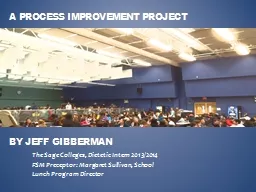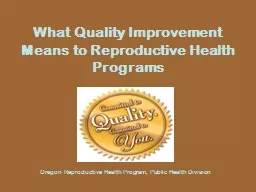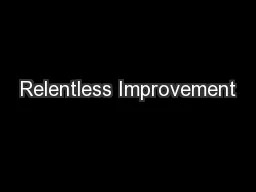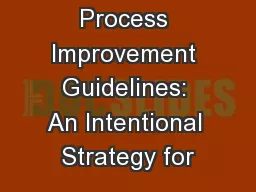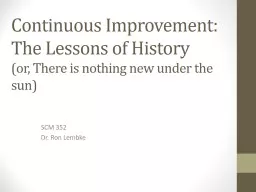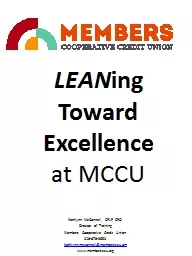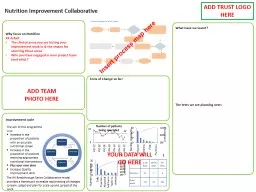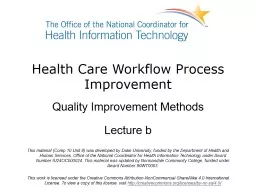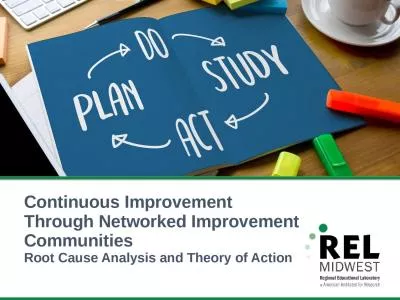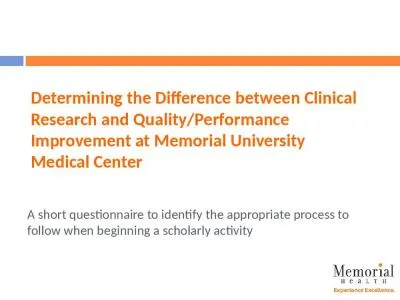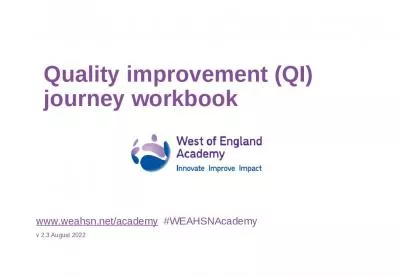PPT-A Process Improvement Project
Author : ellena-manuel | Published Date : 2017-11-09
By Jeff Gibberman The Sage Colleges Dietetic Intern 20132014 FSM Preceptor Margaret Sullivan School Lunch Program Director ASSESSMENT OF THE IMPACT OF AN EDUCATIONAL
Presentation Embed Code
Download Presentation
Download Presentation The PPT/PDF document "A Process Improvement Project" is the property of its rightful owner. Permission is granted to download and print the materials on this website for personal, non-commercial use only, and to display it on your personal computer provided you do not modify the materials and that you retain all copyright notices contained in the materials. By downloading content from our website, you accept the terms of this agreement.
A Process Improvement Project: Transcript
Download Rules Of Document
"A Process Improvement Project"The content belongs to its owner. You may download and print it for personal use, without modification, and keep all copyright notices. By downloading, you agree to these terms.
Related Documents

